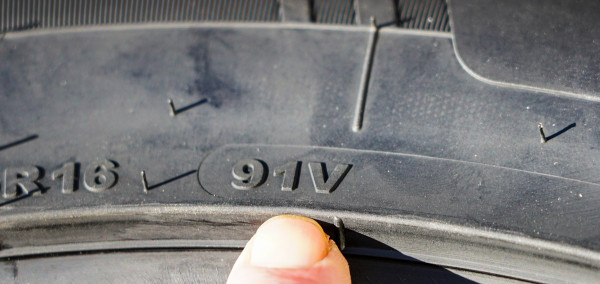Buying 1 or 3 tyres: What you need to know
If you’re buying 1 or 3 tyres, it sounds like you’re going to end up with a new tyre pairing up with an old tyre on the same axle. Assuming the old tyre on the other side is in good condition, there’s just a few other things you need to know so you keep your vehicle safe and also have your tyres pass a WOF when the time comes.
To be acceptable for a WOF certification for passenger cars, on the same axle:
Tyre load indices must differ by no more than 2.
This means that if you’re matching up with a tyre that has a load rating of 91, a tyre with a load rating of 89 will be fine, but a tyre with a load rating of 88 will not be allowed for WOF purposes.
Tyre ply ratings must be the same
So you can’t have a 4-ply rated tyre on one side and a 6-ply rated tyre the other, for example.
Speed ratings can be different
Under current WOF law it doesn't matter if the speed ratings are different on either side of the axle as long as they’re both higher than either the vehicle’s maximum speed, or the speed limit for that vehicle. So if you have a V-rated (240 km/hr) tyre on one side and a W-rated tyre (270km/hr) on the other, that’s fine – they’re both over 100 km/hr which is the maximum legal speed limit for passenger cars in New Zealand.
Tyres on the same axle must be of the same pattern type
That means they need to be both asymmetric, directional or non-directional.
Note these WOF requirements are per axle – there are no regulations around loads and speeds, or tread pattern tyre of tyres on different axles, although many tyre manufacturers recommend this, and we always recommend that you run something appropriate for the application all round. Note there is one exception where tyres need to match across both axles and this is in the case of tyres that are designated “Winter tyres”. Not these are very rare in NZ however.